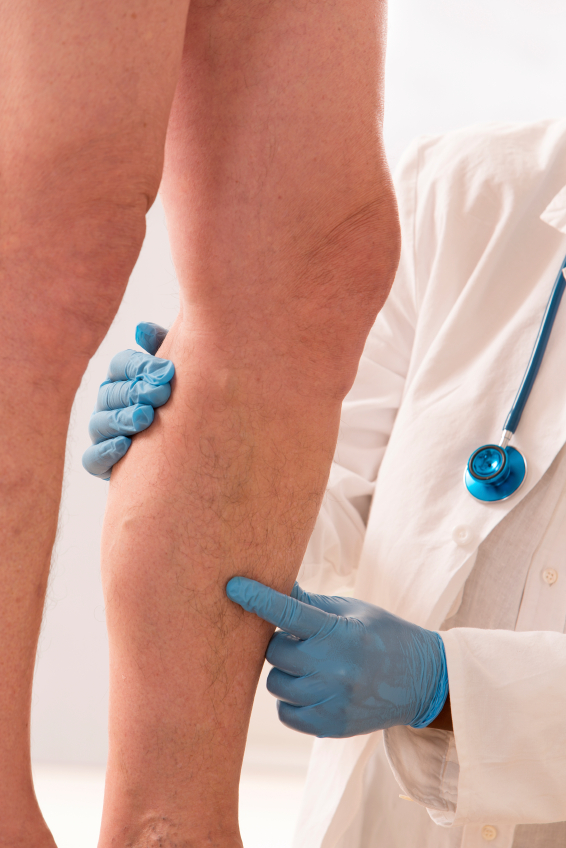If you’re noticing some changes to the veins in your legs, it’s best to figure out what it is and what’s causing it, so you and your doctor can figure out the right treatment plan quickly.
Spider Veins
What they are: Spider veins usually are small in diameter and red or purple in color. You can see them under your skin, but you can’t feel them. They’re often found on the thighs, calves and ankles.
What causes them: Heredity, pregnancy, hormones, weight gain and standing or sitting for long periods of time contribute to spider veins. Also, your risk for spider veins increases with age, and they occur more frequently in women.
The concern: Spider veins usually are harmless and don’t cause discomfort, so many people pursue treatment for cosmetic reasons.
The treatment: If you’re someone who’s prone to developing spider veins, either because you have a strong family history of spider veins or because you’re on your feet all day, wear support hose with extra spandex, said Stacy Kepplinger, an aesthetic consultant with Dermatology Associates of Northern Kentucky.
“Not that it’s going to take away any spider veins you already have,” she added, “but it will at least help achy legs feel more comfortable.”
To get rid of spider veins, you’ll likely be paying out of pocket because they’re considered a cosmetic nuisance, but visit your dermatologist’s office to find out more.
Dermatologists usually treat spider veins with sclerotherapy, which involves an injection to shrink the vein closed so blood doesn’t flow through it any longer. Several treatment sessions often can result in significant improvement.
Lasers are sometimes used but may not be as effective as sclerotherapy, and they have an increased risk of side effects.
Varicose Veins
What they are: Varicose veins are veins that tend to bulge from the skin. They’re more of a bluish or purple color, and often look rope-like. You can see them and usually feel them.
What causes them: Risk factors for varicose veins are similar to risk factors for spider veins. Once again, heredity, weight gain, hormones, pregnancy, age, prolonged periods of standing and sitting and gender play significant roles, but varicose veins occur when one-way valves in the veins that are supposed to keep blood moving up toward the heart don’t close correctly, causing blood to flow backward and pool in the veins.
The concern: Varicose veins can lead to more serious medical conditions, such as ulcers and blood clots, which means insurance companies often will cover their treatment.
The treatment: There are several ways to treat varicose veins depending on where the backflow is. A vascular surgeon can evaluate the problem and recommend a surgical or non-surgical treatment depending on the diagnosis.

